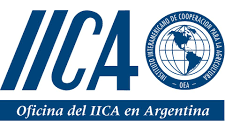Helping bees help us
Apiculture as a driver of development and environmental sustainability in Latin America and the Caribbean EspañolLatin America and the Caribbean have a high natural resources potential, including primary and secondary forests, which represent an opportunity for the expansion of the apicultural frontier.
But beekeeping in the region is often only a complement to other agricultural activities on small plots and is implemented in a traditional way, following ancestral practices.
In addition, beekeepers tend to focus exclusively on a single product: honey in bulk, neglecting other opportunities offered by beekeeping.
Although Argentina and Uruguay in South America have more developed apiculture sectors and even lead the international market of quality honey, beekeepers are still mostly small producers who face similar difficulties to the rest of the region.
A sector in need of modernization
Apiculture in Latin America and the Caribbean is an activity implemented mainly by small-scale beekeepers.
The most commonly used beehives in the region are of the Langstroth type, a technology developed in 1852 for temperate climates. As a consequence, the temperature peaks of recent years like those in the Argentine Northwest, have produced the loss by melting of tens of thousands of hives.
Added to this situation are the increasing environmental pressures associated with the intensification of agricultural production, deforestation and climate change.
But without a doubt, the main challenge is to improve the link between small family beekeeping farms and the markets. This implies overcoming the limitations that generally characterize family farming: disarticulation, distrust, lack of clear development horizons, and lack of institutions.
REDLAC: A regional apicultural platform that promotes collective innovation
Latin America and the Caribbean share ecological, economic, cultural and social similarities, as well as a commitment to building a common regional future that takes advantage of beekeeping and other family farming activities.
Inspired by the experience carried out by Argentina and the Dominican Republic, which demonstrated the potential of beekeeping as a development tool adaptable to associative models of small beekeepers, and thanks to funding received from FONTAGRO in 2014, REDLAC was born: the platform for beekeeping development of Latin America and the Caribbean.
Originally Argentina, the Dominican Republic, Costa Rica, and Uruguay participated, and Haiti and Nicaragua successively joined in 2015, and Bolivia and Paraguay in 2016.

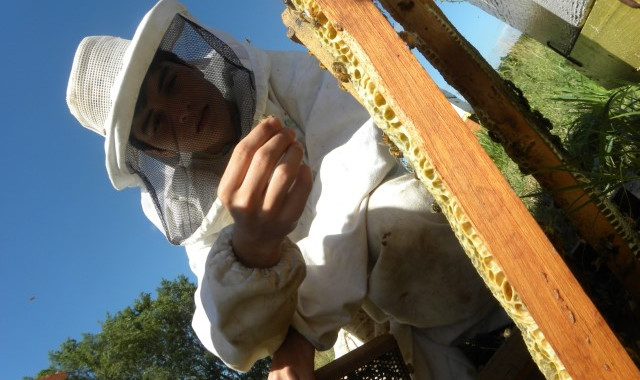
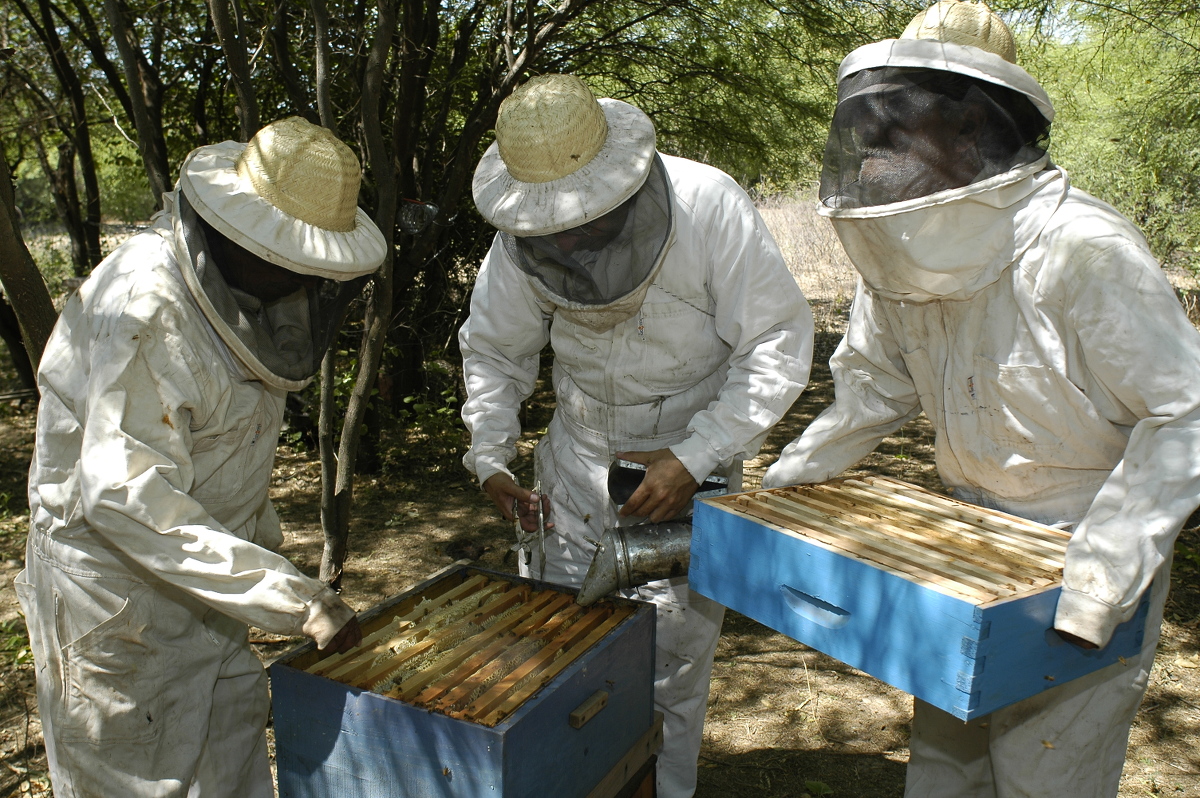
REDLAC links research groups with beekeepers through a network of territorial technicians that guarantee the equitable innovation and transfer process in all territories. Using a “collective way of innovating”, the actors involved – with beekeepers playing an active role – collectively analyze the initial situation, the desired future and the most appropriate way to reach this future in different realities.
![]()
The platform aims to contribute to the territorial development of the region, validating the beekeeping experience and generating the technologies and capabilities both for horizontal expansion to other interested countries, and its expansion to other value chains of interest to family farming.
![]()
Three years after its creation, REDLAC involved:
Active beekeepers
Researchers and technicians
beekeepers reached
Improving the quality of life and environmental sustainability in the region
REDLAC has allowed to disseminate technologies and tools that resulted from the research carried out by the scientific institutions that make up the platform. These innovations contribute to strengthen the territorial development and associative processes of adding value to family farming, in addition to improving environmental health through pollination.
RED-LAC gave us the tools and technology to improve our activity.
In the case of Argentina, support was also provided for the organization of beekeepers who multiply the selected genetic material in the Association of Certified Live Material Breeders.
In search of cooler hives
One of the consequences of climate change in the region is the increase in the occurrence of extreme events. In recent years, extremely high temperatures have caused the melting of thousands of hives in the region.
In the framework of the platform, the evaluation of seven beehive models was carried out in 2016 as possible alternatives to the standard Langstroth model.
Using temperature and humidity sensors, researchers looked for hives that are more adapted to hot climates. The results of tests, carried out in the province of Entre Ríos in Argentina, allowed the identification of three prototypes that present advantages in terms of temperature and humidity control.
The next step is to work with manufacturers of inert material in order to design hives better adapted to climate change.
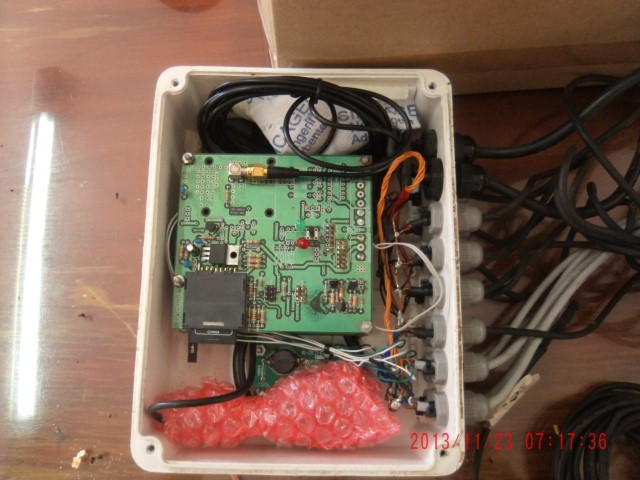
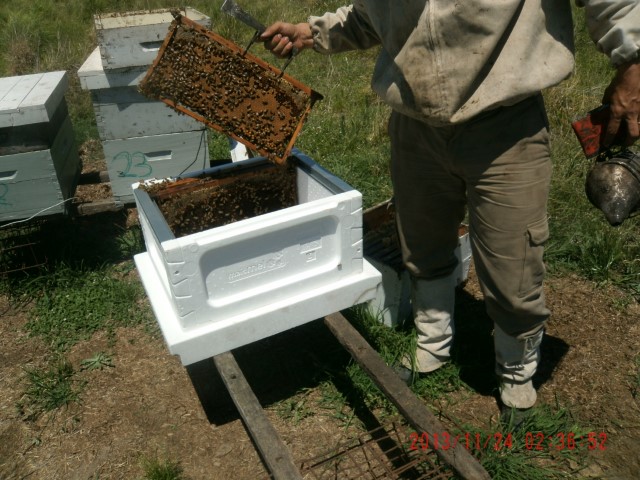
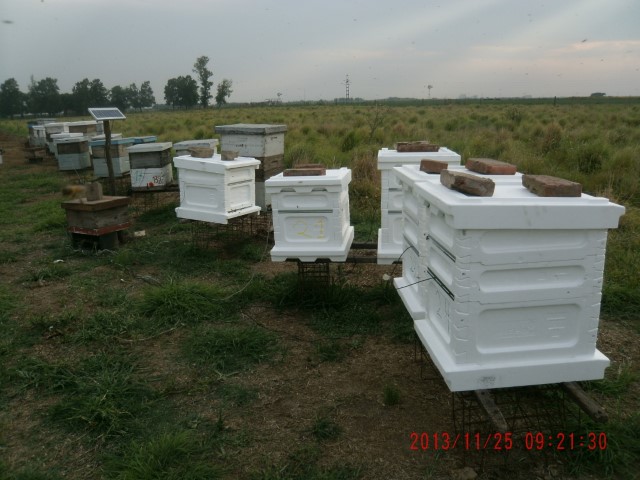
Beyond honey in bulk: adding value to bee production
It is a further advantage for producers to look for ways to add value to the products coming from beekeeping, instead of selling them as raw material. Therefore, REDLAC supports the creation of competitive and sustainable value chains, properly articulated with the territories and markets.
The platform achieved, among others, the production and commercialization of fractionated honey in Costa Rica, which obtained a seal of health granted by SENASA. Another highlight is the fractionated honey “La Fronteriza”, from the Salvador Ferrer Cooperative in the Jumbo supermarket gondolas in the Dominican Republic; while the Cooperatives of Norte Grande, Cosar and Flor de Garabato in Argentina obtained the FLO label (Fairtrade Labeling Organizations International).
In Costa Rica and the Dominican Republic, products based on propolis – a sticky, viscous substance made by bees from natural resins that they use to seal the hive and maintain its integrity thanks to its antibacterial and antiseptic properties – were successfully developed and marketed.

An impact analysis conducted in Argentina has revealed a very significant increase in income generated by beekeeper cooperatives that apply the set of measures and actions developed with REDLAC, compared to beekeepers who do not apply them.
![]()
The most significant case is probably that of the Flor de Garabato Cooperative in Salta, Argentina, which achieved a net income of US$ 55 per hive in 2018 and a total return of 25%, while other beekeepers in the area lost almost $8 per each hive, with total losses of up to 8%.
![]()
There are approximately 20,000 species of bees known in the world. In Latin America and the Caribbean there are around 6,000 species of bees.
Targeted pollination: Honey bees at the service of the region’s crop production
87 of the 115 main cash crops in the world depend to some extent on pollinators. That is, more than a third of the global production of food of agricultural origin depends on pollinators.
Among the infinity of insects involved in pollination, the honey bee is the most effective, especially in the case of plants of agricultural interest. However, the drastic reduction in the population of bees poses a serious risk to the performance and stability of food production, and threatens the world’s food security.
In order to help farmers in the region to bring their production to an optimum level, REDLAC beekeepers provide a “targeted pollination” service.
![]()
The main factors that affect insects beneficial for crops are the fragmentation of habitats, the negligent use or management of agrochemicals or industrial effluents, parasites and diseases, as well as the introduction of exotic pollinator species.
![]()


The presence of a young and active queen who maintains a permanent posture in the hive during the pollination service is essential. REDLAC works on the evaluation of the effect of pollination by honey bee and other native bees such as bombus and stingless bees (photo), providing beekeepers with protocols of good practices.
Just before the beginning of the flowering of the crop, selected hives are introduced in the field. A hive must count with the presence of brood, a young and active queen who maintains a permanent posture in the hive, as well as a high number of mature bees (workers), since they are the ones that forage to collect pollen destined to feed the young, fulfilling the key mission of pollination.
REDLAC beekeepers have provided the service of targeted pollination for the production of cranberry, stone fruit and pip fruit, and sunflower in Argentina; fruit trees in Uruguay; cucurbits and coffee in Costa Rica; and avocado in the Dominican Republic. In some cases, the pollination service is the main source of income for beekeepers.
Forming the future generation of beekeepers and territorial technicians
REDLAC seeks to strengthen territorial capacities through the training of both beekeepers and researchers and technicians of the network. One of the great achievements of the platform in its first three years of existence is the launch, in 2018, of a Bachelor in Apiculture for Development, implemented by the Faculty of Veterinary Sciences of the National University of Central Buenos Aires, within the framework of an agreement with the National Institute of Agricultural Technology (INTA) of Argentina.
The first edition of the Degree – through distance learning – is intended for technicians of a certain level in selected Argentine institutions, but the objective of future editions is to extend the call to the rest of the countries in the network.
By 2019, REDLAC plans to launch a distance beekeeping course and will begin preparing a specialization for technicians in beekeeping and small ruminants.
![]()
About the project
The project “Platform to consolidate beekeeping as a development tool in Latin America and the Caribbean” e (2014-2016) was co-financed by FONTAGRO and executed by the National Institute of Agricultural Technology (INTA) – Buenos Aires, Argentina.
A second linked project called the Innovation Network for Rural Development of the Gran Chaco Americano in the context of climate change was approved in 2018.
The project, also co-financed by FONTAGRO, has as main objective to articulate the PROADAPT and REDLAC programs as an innovation network for the development of family agriculture in the Gran Chaco Americano in the context of climate change. This new articulation will facilitate the creation of a regional cooperation network (platform) that fosters the development of climate-smart productive systems with the capacity to generate measures that facilitate family farmers to adapt to the impacts of climate change.
REDLAC Members
Story by Stefanie Neno for FONTAGRO.

With the support of the Korean Alliance for Knowledge in Technology and Innovation Fund

With the support of our sponsors

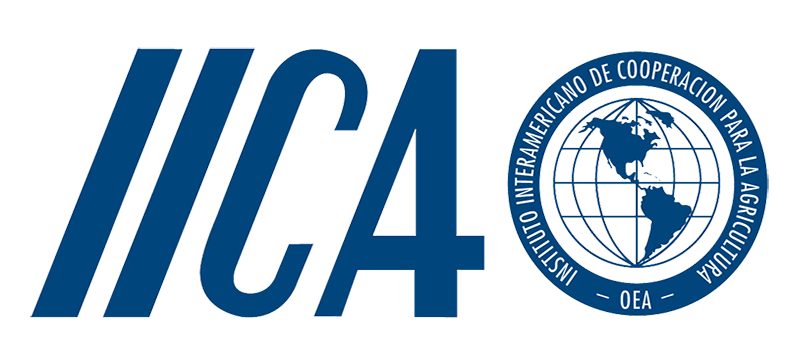
© FONTAGRO | 1300 New York Avenue NW, Stop W0502 Washington, DC 20577 | E-mail: fontagro@iadb.org





